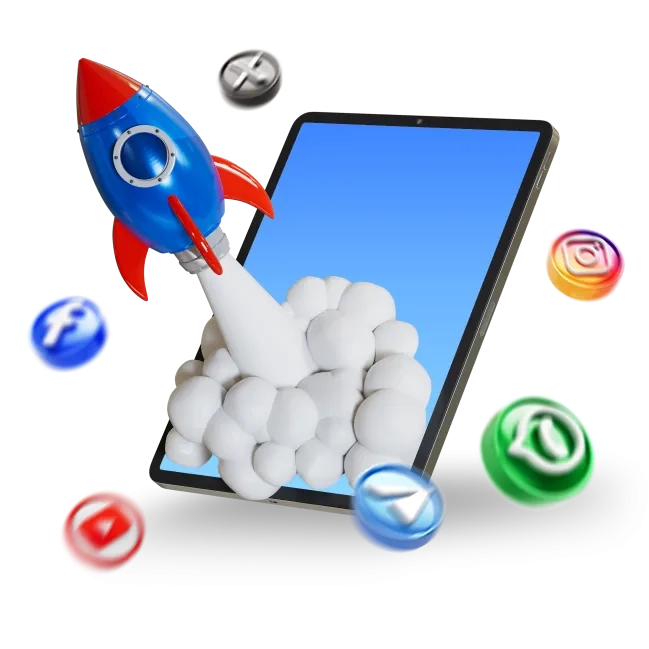Modern Full-Stack Development Tools That Power 2025

What if your development environment could do more than just support your code - what if it could accelerate your entire product lifecycle?
In 2025, full-stack development is no longer just about knowing both front-end and back-end. It’s about mastering a rapidly evolving ecosystem of tools, frameworks, and workflows that empower developers to build faster, collaborate better, and deploy smarter. Whether you're a startup CTO or a seasoned engineer, understanding the modern full-stack landscape is essential to staying competitive.
Why Full-Stack Development Matters More Than Ever
Today’s digital products demand agility. Businesses need to ship features quickly, iterate based on user feedback, and scale without friction. Full-stack development enables this by giving teams the ability to own the entire application lifecycle—from UI to database, from local dev to production deployment.
According to the 2025 Stack Overflow Developer Survey, developers are increasingly favoring tools that streamline workflows and reduce context switching. This shift is driving the adoption of integrated environments and toolchains that support end-to-end development.
But what does a modern full-stack environment actually look like in 2025?
The Rise of Opinionated Tech Stacks
Gone are the days of cobbling together disparate tools. In 2025, curated tech stacks like MERN (MongoDB, Express, React, Node.js) and MEAN (Angular instead of React) remain popular, but newer combinations are emerging to meet specific use cases.
According to Imaginary Cloud’s 2025 tech stack report, stacks like JAMstack (JavaScript, APIs, Markup) and serverless architectures are gaining traction for their scalability and performance benefits. These stacks reduce backend complexity and allow developers to focus on front-end logic and user experience.
- MERN: Ideal for real-time applications and SPAs
- LAMP: Still relevant for legacy systems and CMS platforms
- JAMstack: Perfect for static sites and headless CMS integrations
Choosing the right stack isn’t just a technical decision - it’s a strategic one.
Essential Developer Tools in 2025
Modern full-stack developers rely on a suite of tools that go far beyond text editors and browsers. The 2025 landscape is defined by intelligent, integrated, and cloud-native solutions.
As outlined in GeeksforGeeks’ 2025 roundup, the most impactful tools fall into several categories:
- IDEs & Code Assistants: Visual Studio Code, GitHub Copilot
- Version Control: Git, GitHub, GitLab
- API Testing: Postman, Insomnia
- Containerization: Docker, Kubernetes
- CI/CD: GitHub Actions, Jenkins
These tools not only improve productivity but also foster collaboration across distributed teams. For example, GitHub Copilot uses AI to suggest code in real-time, reducing boilerplate and helping developers focus on logic and architecture.
Imagine writing backend logic while your AI assistant handles the syntax. That’s not the future - it’s now.
Deployment Made Effortless: Vercel and Beyond
One of the most transformative shifts in full-stack development is the simplification of deployment. Platforms like Vercel have redefined what it means to go live.
As highlighted in Dev.to’s 2025 tool guide, Vercel is a go-to for teams using frameworks like Next.js. It offers seamless integration with Git repositories, automated builds, and instant rollbacks—all with minimal configuration.
Other notable deployment tools include:
- Netlify: Great for static sites and JAMstack apps
- Heroku: Still popular for quick backend deployments
- Docker + Kubernetes: Ideal for microservices and enterprise-scale apps
Deployment used to be a bottleneck. Now, it’s a competitive advantage.
Frameworks That Dominate the Stack
Frameworks are the backbone of any full-stack environment. In 2025, developers are gravitating toward frameworks that offer speed, scalability, and community support.
According to Talent500’s 2025 framework report, the top contenders include:
- React.js: Still the dominant front-end library
- Node.js + Express: Lightweight and fast for backend APIs
- Django: Python-based, secure, and great for rapid development
- Ruby on Rails: Convention-over-configuration for fast MVPs
These frameworks are often paired with databases like MongoDB, PostgreSQL, or Redis - each chosen based on the specific needs of the application.
Choosing the right framework is like choosing the right vehicle - it depends on the terrain you’re navigating.
Building Smarter with SoftXPro
At SoftXPro, we help businesses navigate the full-stack ecosystem with clarity and confidence. Whether you're building a SaaS platform, an e-commerce engine, or a custom enterprise solution, our full-stack development services are designed to deliver speed, scalability, and security.
From selecting the right tech stack to deploying with zero downtime, we’ve helped clients across industries build platforms that scale. Explore our portfolio of full-stack projects to see what’s possible.
Ready to future-proof your development environment?
Conclusion: The Stack Is the Strategy
Modern full-stack development isn’t just about writing code - it’s about choosing the right tools, frameworks, and workflows to support your business goals. In 2025, the winners will be those who build smarter, not just faster.
Whether you're modernizing legacy systems or launching a new product, the right full-stack environment can be your unfair advantage.
See how SoftXPro can help you build your next big thing - faster, better, and smarter.
